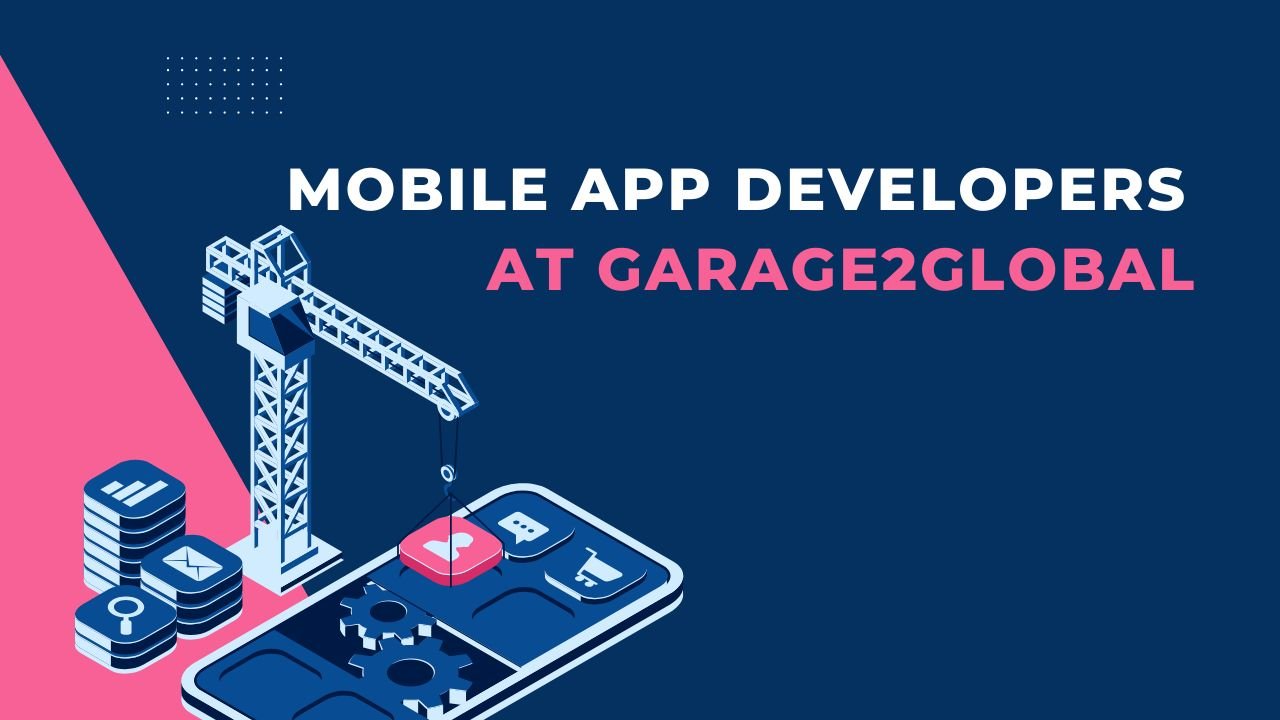Development projects don’t always run on a predictable schedule, and property developers often need fast, flexible funding to keep things moving. That’s where development bridging finance becomes essential.
This article outlines the most common property development scenarios where bridging loans are not only useful—but often the smartest financial choice.
1. Ground-Up New Builds
One of the most common uses for development bridging finance is funding ground-up construction projects. This involves purchasing land and building one or more residential or commercial units from scratch.
Why bridging finance works:
- Developers can act quickly to secure land.
- Funds can be released in stages as construction progresses.
- Short-term borrowing fits the lifecycle of a typical build project.
Bridging loans are particularly helpful when planning permission has already been granted and construction needs to start immediately.
2. Conversions and Change of Use Projects
Converting commercial buildings into residential spaces—or vice versa—is increasingly popular in urban areas. Offices, warehouses, and even churches are being repurposed into homes, apartments, or mixed-use developments.
Development bridging loans support these conversions by:
- Providing quick capital before long-term refinancing is in place.
- Funding structural changes, layout reconfiguration, and compliance upgrades.
- Giving developers time to achieve the new valuation after completion.
Once the conversion is finished and revalued, developers typically repay the bridging loan via sale or refinance.
3. Heavy Refurbishments
Not all property projects involve new construction. Some involve extensive renovations to modernise outdated buildings, fix structural problems, or extend square footage.
Examples include:
- Rewiring, replumbing, or full re-roofing.
- Adding floors or extensions.
- Converting a single dwelling into multiple flats (or vice versa).
Traditional lenders often avoid financing these projects, especially if the property is currently uninhabitable. Development bridging loans step in to provide the funds needed to complete the work—and unlock the property’s full value.
4. Partially Completed Developments
Sometimes developers start a project and then run out of funding. This can happen due to cost overruns, delayed sales, or issues with previous lenders.
In these cases, bridging finance is used to:
- Restart stalled projects.
- Pay contractors or suppliers.
- Bring the development to completion so it can be sold or refinanced.
Because bridging lenders assess the potential value of the completed project (GDV), they may still approve loans even if the site is mid-build.
5. Land Acquisition (With or Without Planning Permission)
Developers often need to move quickly to acquire land in desirable areas, especially before planning is secured.
Bridging loans help by:
- Allowing immediate purchase while the planning application is in progress.
- Giving the developer time to gain permission before refinancing with development finance.
- Avoiding delays that could allow another buyer to step in.
Even without planning, if the land has strong development potential, lenders may approve short-term finance based on exit strategy and developer experience.
6. Auction Purchases for Development
Land and development opportunities often come up at property auctions—and winning bids usually require completion within 28 days.
Development bridging finance offers a perfect fit:
- Funds can be arranged in just days.
- Developers can bid with confidence, knowing they can complete on time.
- Bridging covers both land purchase and early build stages.
This is ideal for developers purchasing plots, derelict buildings, or homes with potential for extensions or conversion.
7. Finishing Touches and Exit Preparation
Even after a property is built or refurbished, developers may need funds to:
- Install kitchens, bathrooms, or flooring.
- Stage and market units for sale.
- Wait out seasonal slowdowns in the property market.
A short-term bridging loan can provide cash flow during this period. This is sometimes called development exit finance, and it gives developers breathing room while waiting for sales to complete.
8. Joint Ventures or Portfolio Expansion
Developers working with partners or growing their portfolios often need fast, flexible capital to seize time-sensitive deals.
Development bridging loans offer:
- Short-term capital injections between projects.
- Funds to take on multiple sites simultaneously.
- A bridge between exit from one project and acquisition of another.
Because lenders often look at the strength of the project rather than just personal income, experienced developers with a good track record can access higher-value loans.
Final Thoughts
Development bridging loans are a versatile tool for experienced and new property developers alike. Whether you’re building from scratch, converting an existing building, or restarting a stalled project, bridging finance can give you the speed and structure you need to stay on schedule and on budget.
By understanding the types of projects that benefit most—such as new builds, conversions, refurbishments, and land deals—you can apply development bridging finance in ways that reduce risk and increase profit potential.
Used wisely and with a strong exit strategy, bridging loans can unlock opportunities that slower, more traditional finance options simply can’t match.












Leave a Reply